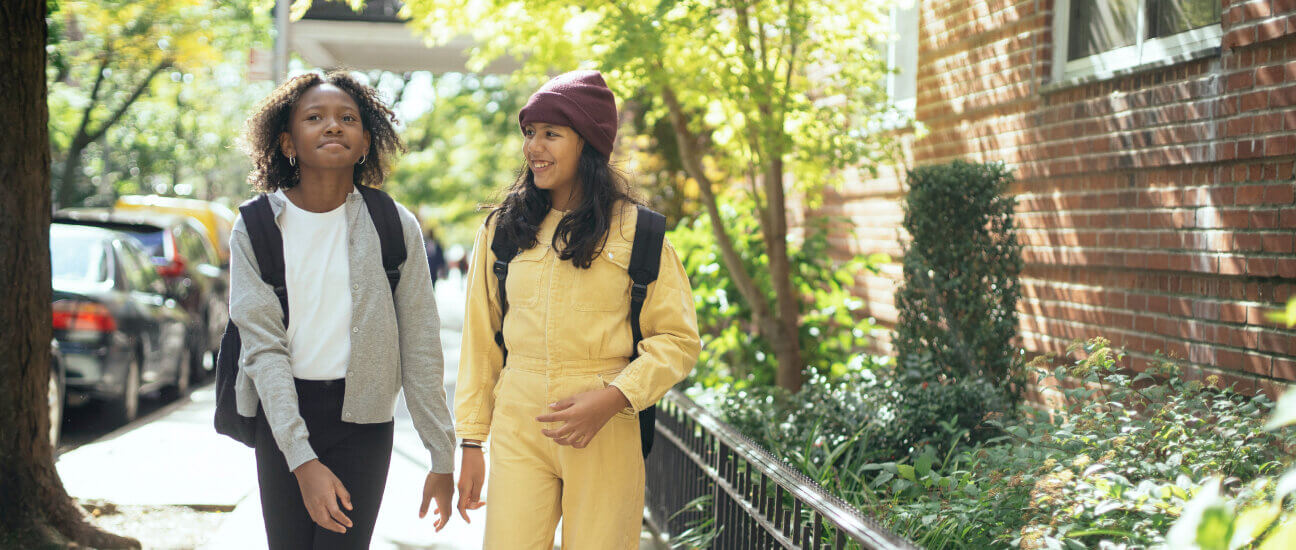Published on April 20th, 2022
Is education becoming more environmentally friendly?
5 minute read

From sustainable classroom practices, to edtech’s environmental impact, find out how schools’ eco efforts are set to change.
Like every sector and industry, education has been compelled to review its environmental impact. Educators teach about the health of the planet, our ecology, and climate change to their students, but the pressure to play their part in protecting it has only heightened in recent years.
It’s not just the institutions, but also the edtech manufacturers of their teaching tools who are working to become greener and mitigate their carbon footprint. Still, the goal to reach net zero is only one of a mounting list of school priorities—and one schools will find less familiar than the perennial staff and student needs. Promethean’s Head of International Education Strategy, John Collick, interviewed renowned international futurist, Gerd Leonhard, about how education and edtech’s relationship to the environment will change in the future.
The full report shares insight into how this environmental trend will progress, and the changes edtech could see to become more energy efficient. So what are schools and edtech manufacturers already doing to be more eco-friendly?
“It’s a widely changing world, and it’s going to make us think differently about how we can collaborate and solve our problems.”
– Gerd Leonhard
Sustainability in education
Governments worldwide have been legislating their commitments and mandated change across all sectors. The UK government’s Net Zero Strategy: Build Back Greener pledges to introduce a sustainability and climate change strategy for education, including a focus on equipping young people with the knowledge and skills they need to contribute to the green economy. In the US, Pathways to Net Zero details investment in schools to expedite energy efficiency and the affordability of efficient appliances.
Before the introduction of these policies, however, schools have been making responsible choices as part of modernizing their processes. Many have digitized their lesson materials and resources, while those who still rely on printed worksheets have switched to recycled paper. These changes are pervasive across the school ecosystem, from more sustainable classroom furniture and supplies, to more plant-based catering. They put into practice the lessons around supporting the planet and eco-consciousness which have come to the fore in the curriculum of many subjects beyond Biology.
Find out more about the environmentally-friendly education solutions that will be available in the full predictions report. Download now!
Sustainability in edtech
The edtech tools which are a day-to-day feature in this more environmentally sensitive classroom have also undergone reengineering. With schools realizing the benefits of upgrading their front-of-class display from older tech, like projectors, manufacturers of interactive whiteboards have sought to maximize these gains by improving their processes and materials. Batteries and bulbs, for example, are more energy efficient and don’t need to be replaced as often.
These devices also save on printing, with their ability to display materials or run digital quizzes and assessments. Tools like the ActivPanel also come with inbuilt lesson delivery software, reducing the need for instructional guidebooks for teachers or textbooks for students.
How will future technological advancement unlock further energy optimizations across edtech and school infrastructure?
Up next: How important are virtual learning environments?
Previously: What’s the future of edtech and education?




